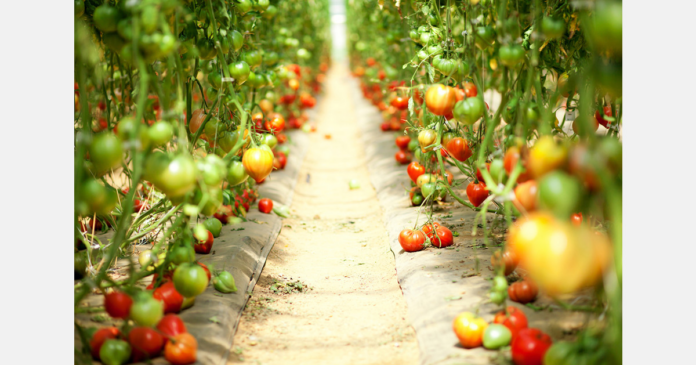The European Union tomato market has seen significant changes over the last decade, as reported by Hortoinfo based on data from Euroestacom (ICEX-Eurostat). Between January and October 2024, EU member states imported a total of 2,381.33 million kilos of tomatoes, representing a 2.52% increase compared to the same period in 2015. This growth translated into a market value of 4,030.92 million euros, with an average price of 1.69 euros per kilo.
During this period, traditional tomato suppliers like the Netherlands and Spain experienced reductions in their sales to the EU. Dutch tomato exports to the EU decreased by 14.76%, with 638.49 million kilos sold, accounting for 26.81% of all tomatoes sold in the EU. Spain, the EU’s second-largest tomato supplier, also saw a decline of 12.87% in sales, with 460.38 million kilos sold, equivalent to 19.33% of the total.
Conversely, Morocco emerged as a significant tomato supplier for the EU, with a remarkable 72.71% increase in sales over the last decade. Between January and October 2024, Morocco sold 419.87 million kilos of tomatoes to the EU, representing 17.63% of total sales and positioning the country closer to Spain’s sales volume in the EU.
In terms of value, the Netherlands led tomato sales to the EU during this period, with sales worth 1,110.71 million euros and an average price of 1.74 euros per kilo. Spain followed closely with sales totaling 792.39 million euros and an average price of 1.72 euros per kilo. Morocco ranked third with total sales of 764.76 million euros and the highest average price of 1.82 euros per kilo among the top three suppliers.
This analysis underscores the dynamic shifts in the EU tomato market, highlighting the changes in sales among the main suppliers and the significant growth of Morocco as an emerging competitor.
The data reflects the evolving landscape of tomato sales within the EU and the changing dynamics among key suppliers. The Netherlands and Spain, traditionally dominant players in the market, have seen decreases in their sales, while Morocco has experienced substantial growth as a key supplier to the EU. These shifts indicate a changing competitive environment within the EU tomato market, with implications for both suppliers and consumers.
Overall, the trends in tomato sales within the EU demonstrate the importance of adapting to changing market dynamics and consumer preferences. As new players enter the market and traditional suppliers face challenges, it is essential for stakeholders to stay informed and agile to navigate the evolving landscape effectively.
In conclusion, the data presented by Hortoinfo provides valuable insights into the shifts in the EU tomato market over the last decade and the changing competitive dynamics among key suppliers. As the market continues to evolve, it will be crucial for stakeholders to monitor these trends closely and adapt their strategies to remain competitive in the ever-changing landscape of the EU tomato market.




